-
 Bitcoin
Bitcoin $118300
0.52% -
 Ethereum
Ethereum $4541
1.94% -
 XRP
XRP $3.126
-0.88% -
 Tether USDt
Tether USDt $1.000
-0.04% -
 BNB
BNB $862.3
3.21% -
 Solana
Solana $192.7
2.37% -
 USDC
USDC $0.9999
0.00% -
 Dogecoin
Dogecoin $0.2337
-0.45% -
 Cardano
Cardano $0.9547
0.21% -
 TRON
TRON $0.3518
-0.76% -
 Chainlink
Chainlink $24.56
12.38% -
 Hyperliquid
Hyperliquid $47.56
0.55% -
 Stellar
Stellar $0.4311
-0.42% -
 Sui
Sui $3.816
1.91% -
 Bitcoin Cash
Bitcoin Cash $589.6
-0.53% -
 Ethena USDe
Ethena USDe $1.001
0.00% -
 Hedera
Hedera $0.2556
1.43% -
 Avalanche
Avalanche $24.75
3.13% -
 Litecoin
Litecoin $122.0
2.66% -
 Toncoin
Toncoin $3.488
-0.17% -
 UNUS SED LEO
UNUS SED LEO $9.454
-1.21% -
 Shiba Inu
Shiba Inu $0.00001317
0.95% -
 Uniswap
Uniswap $11.17
1.80% -
 Polkadot
Polkadot $4.053
2.26% -
 Dai
Dai $0.9999
-0.02% -
 Bitget Token
Bitget Token $4.698
1.81% -
 Cronos
Cronos $0.1530
1.57% -
 Monero
Monero $265.8
10.83% -
 Ethena
Ethena $0.7333
1.63% -
 Pepe
Pepe $0.00001122
2.74%
How do I enable multi-chain support in MetaMask?
MetaMask's default single-chain support requires manual network additions for multi-chain access. Use only official sources for accurate RPC URL, Chain ID, currency symbol, and block explorer URL; incorrect details risk fund loss.
Mar 19, 2025 at 06:00 pm
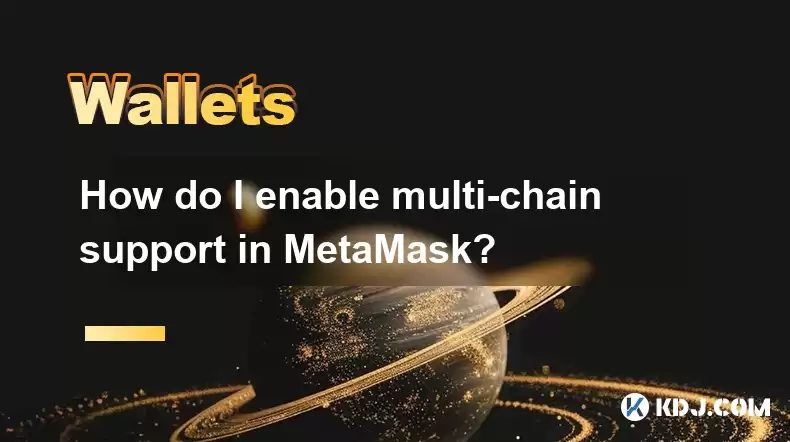
Key Points:
- MetaMask's primary functionality is single-chain support by default. Enabling multi-chain access requires adding networks manually.
- Each network requires specific RPC URL, Chain ID, Currency Symbol, and Block Explorer URL details.
- Incorrect network parameters can lead to transaction failures and loss of funds. Double-check all information before adding a network.
- Security best practices remain crucial; only add networks from reputable sources.
How Do I Enable Multi-Chain Support in MetaMask?
MetaMask, while a popular and user-friendly Ethereum wallet, doesn't inherently support multiple blockchains out of the box. Its default setting is focused on the Ethereum mainnet. To access other blockchains like Polygon, Binance Smart Chain, or Avalanche, you need to manually add these networks to your MetaMask wallet. This process involves providing specific network parameters. Incorrect parameters can result in lost funds, so careful attention to detail is vital.
The process begins with understanding what you need. For each blockchain you want to access, you'll require the following information:
- RPC URL: This is the address of the blockchain's node you'll connect to. It acts as a gateway to the network.
- Chain ID: A unique numerical identifier for the specific blockchain. This ensures your transactions go to the correct network.
- Currency Symbol: The symbol used for the native cryptocurrency of that network (e.g., MATIC for Polygon).
- Block Explorer URL: The URL of the blockchain explorer, allowing you to track transactions on that network.
Finding these parameters is usually straightforward. Most blockchain projects provide this information on their websites, often in a developer section or documentation.
Step-by-Step Guide to Adding a New Network:
To add a new network to your MetaMask wallet, follow these steps:
- Open MetaMask: Launch the MetaMask extension in your browser.
- Access Network Settings: Click on the network name at the top of your MetaMask interface (usually "Ethereum Mainnet").
- Add Network: You'll find an option to "Add Network" or similar. Click it.
- Input Network Details: A form will appear asking for the network parameters mentioned earlier (RPC URL, Chain ID, Currency Symbol, Block Explorer URL). Carefully copy and paste the correct information for your desired network from a reliable source.
- Save Network: After entering all details, click "Save". The new network should now appear in your MetaMask network selection dropdown.
Important Considerations:
Always obtain network parameters from official sources. Using unreliable information can lead to irreversible loss of funds. Never add a network based on information from an untrusted website or individual.
Remember to double-check all parameters before saving the network. A single incorrect character can prevent your wallet from connecting correctly. If you're unsure about any parameter, consult the official documentation of the blockchain you are trying to add.
Adding multiple networks simultaneously is not recommended. Add each network individually to ensure you can easily identify any issues if a problem arises.
Security best practices remain crucial even after adding new networks. Always verify the legitimacy of any website or application interacting with your MetaMask wallet.
Common Questions and Answers:
Q: What happens if I enter incorrect network parameters?
A: Entering incorrect network parameters can prevent you from interacting with the blockchain correctly. It may lead to failed transactions and potentially the loss of your funds, as transactions may be sent to the wrong network.
Q: Can I remove a network from MetaMask?
A: Yes, you can remove networks you've added. The process usually involves navigating to your network settings and selecting the option to remove or delete the network.
Q: Is it safe to add networks from third-party websites?
A: Exercise extreme caution when adding networks based on information from third-party websites. Only use parameters from officially documented sources provided by the blockchain project itself. Untrusted sources could lead to malicious code or incorrect network details.
Q: My transaction failed after adding a new network. What should I do?
A: Carefully review the transaction details and ensure you sent it to the correct address and network. Double-check the network parameters you entered. If you're still having trouble, contact the support channels for the specific blockchain you're using.
Q: How many networks can I add to MetaMask?
A: There's no strict limit on the number of networks you can add to MetaMask. However, adding too many can make the interface cluttered. Consider only adding the networks you actively use.
Q: Can I use MetaMask with hardware wallets on multiple chains?
A: Yes, you can generally use MetaMask with hardware wallets on multiple chains, provided your hardware wallet supports the specific networks you are adding. However, ensure you are using the correct settings and following security best practices when connecting your hardware wallet.
Disclaimer:info@kdj.com
The information provided is not trading advice. kdj.com does not assume any responsibility for any investments made based on the information provided in this article. Cryptocurrencies are highly volatile and it is highly recommended that you invest with caution after thorough research!
If you believe that the content used on this website infringes your copyright, please contact us immediately (info@kdj.com) and we will delete it promptly.
- Kazakhstan's Crypto Leap: Bitcoin ETF and Central Asia's Digital Finance Future
- 2025-08-13 12:45:19
- BlockDAG Presale Blazes Past $371M: Fundraising Frenzy Fuels Crypto Sensation
- 2025-08-13 13:05:21
- Meme Coins: Chasing the 2025 Surge – Which Will Moonshot?
- 2025-08-13 10:25:23
- Bitcoin's Wild Ride: Rally, Pullback, and What's Next
- 2025-08-13 10:25:23
- Bitcoin, Bitmax, and Institutional Demand: A New Era of Crypto Investment
- 2025-08-13 10:45:12
- Solana, ROAM, and Airdrops: What's the Buzz in 2025?
- 2025-08-13 11:35:13
Related knowledge
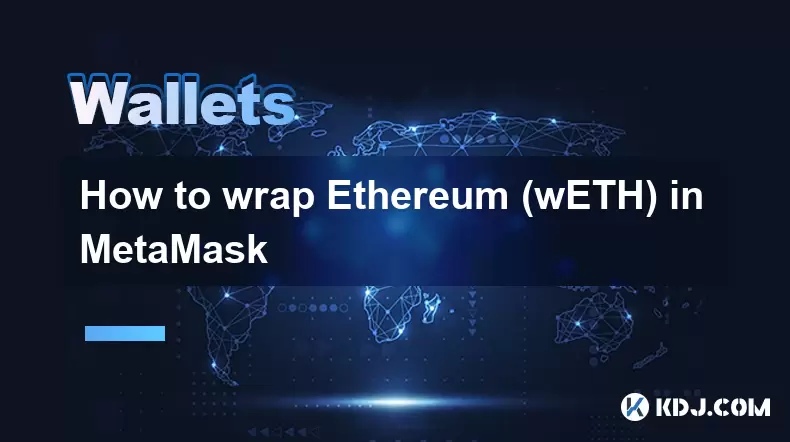
How to wrap Ethereum (wETH) in MetaMask
Aug 13,2025 at 11:36am
Understanding Wrapped Ethereum (wETH)Wrapped Ethereum (wETH) is a tokenized version of native Ethereum (ETH) that conforms to the ERC-20 standard, ena...

How to manage your portfolio in Exodus wallet
Aug 08,2025 at 10:07pm
Understanding the Exodus Wallet InterfaceThe Exodus wallet is a non-custodial cryptocurrency wallet that supports a wide range of digital assets. When...
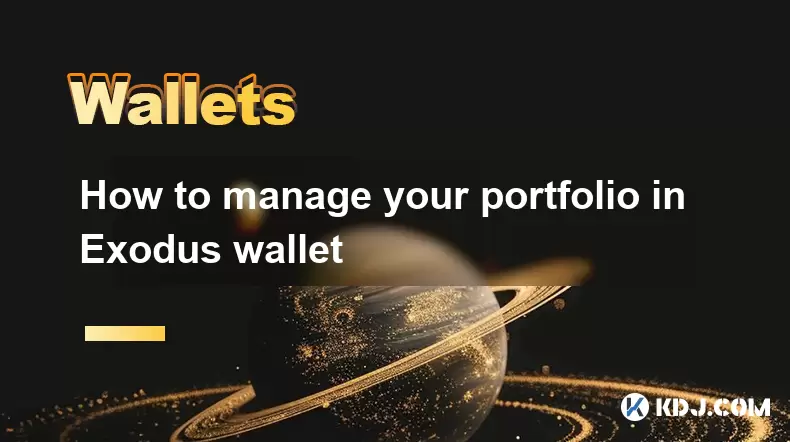
How to manage your portfolio in Exodus wallet
Aug 13,2025 at 11:35am
Understanding the Exodus Wallet InterfaceThe Exodus wallet is a non-custodial cryptocurrency wallet that supports a wide range of digital assets. Upon...

How to reset your MetaMask password
Aug 08,2025 at 01:28pm
Understanding the MetaMask Password Reset ProcessMany users confuse the MetaMask password with the seed phrase or private key, but they serve differen...
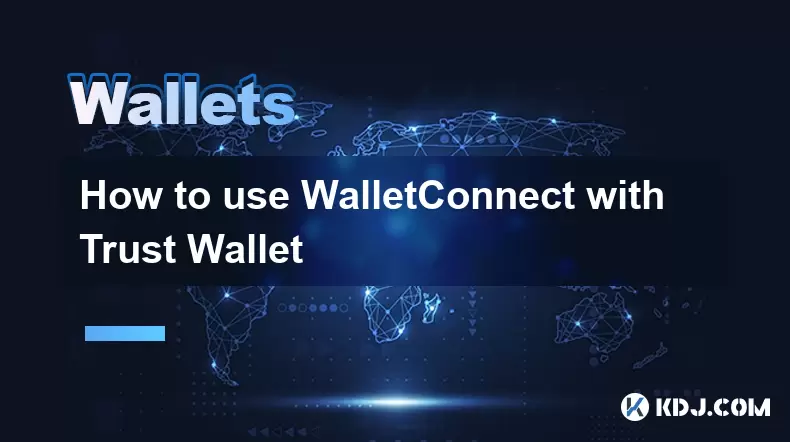
How to use WalletConnect with Trust Wallet
Aug 13,2025 at 01:07am
What Is WalletConnect and Why It Matters for Trust Wallet UsersWalletConnect is an open-source protocol that enables secure communication between dece...
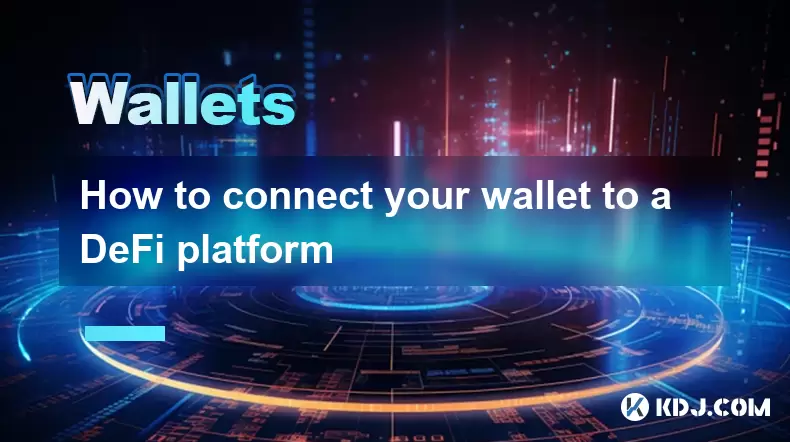
How to connect your wallet to a DeFi platform
Aug 13,2025 at 11:36am
Understanding Wallet Compatibility with DeFi PlatformsBefore connecting your wallet to any DeFi platform, it's essential to ensure your wallet is comp...

How to wrap Ethereum (wETH) in MetaMask
Aug 13,2025 at 11:36am
Understanding Wrapped Ethereum (wETH)Wrapped Ethereum (wETH) is a tokenized version of native Ethereum (ETH) that conforms to the ERC-20 standard, ena...

How to manage your portfolio in Exodus wallet
Aug 08,2025 at 10:07pm
Understanding the Exodus Wallet InterfaceThe Exodus wallet is a non-custodial cryptocurrency wallet that supports a wide range of digital assets. When...

How to manage your portfolio in Exodus wallet
Aug 13,2025 at 11:35am
Understanding the Exodus Wallet InterfaceThe Exodus wallet is a non-custodial cryptocurrency wallet that supports a wide range of digital assets. Upon...

How to reset your MetaMask password
Aug 08,2025 at 01:28pm
Understanding the MetaMask Password Reset ProcessMany users confuse the MetaMask password with the seed phrase or private key, but they serve differen...

How to use WalletConnect with Trust Wallet
Aug 13,2025 at 01:07am
What Is WalletConnect and Why It Matters for Trust Wallet UsersWalletConnect is an open-source protocol that enables secure communication between dece...

How to connect your wallet to a DeFi platform
Aug 13,2025 at 11:36am
Understanding Wallet Compatibility with DeFi PlatformsBefore connecting your wallet to any DeFi platform, it's essential to ensure your wallet is comp...
See all articles

























































































